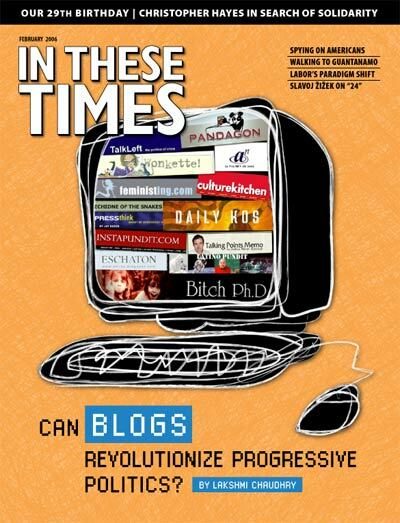Begin on the sixth floor, third room from the end, swathed in fluorescence: a 60-year-old woman was having two toes sawed off.” So opened the New York Times’ four-part series in early January, “Bad Blood,” about the Type 2 diabetes epidemic in New York City. Type 2 diabetes is caused by excess weight, lack of exercise and poor diet, and is directly related to poverty.
The series reminded one that poverty has a map. Indeed, even if you did not read every word of “Bad Blood” – each story started on the front page and took up two full pages inside – eye-catching illustrations showed the dividing line between poverty and wealth (96th Street on the Upper East Side) and the fast food gauntlet on the main streets in Flushing, which pulls in recent Asian immigrants who pick up diabetes along with the burger and fries.
Diabetes is the leading cause of blindness and kidney failure in the country; it often leads to amputation. It’s the sixth leading cause of death in the United States and costs us $132 billion a year. And it’s preventable, save for the enormous financial interests involved in its preservation. “Bad Blood” brought together three American scandals – poverty, our morally bankrupt for-profit health care system and the practices of our nation’s fast food joints.
Combined, they make up an illness-industrial complex, in which big players in the food industry, insurance industry and medical establishment profit wildly. But they need more raw materials to keep them going, more fodder for their assembly lines. Poor people of color are that fodder, and very few of the rest of America seems to care.
Remember the summer of 2002 when a lawyer filed suit against McDonald’s and other fast food restaurants? His two teenage clients, one 5-foot-6 and 270 pounds, the other 4-feet-10 and 140 pounds, routinely ate fast food and were diabetic. He charged that McDonald’s did not provide easy-to-understand nutritional information about its fast food, nor disclose that additives made its food less healthy than represented in its ads. The suit immediately became a laughingstock: how preposterous to hold McDonald’s accountable for your own overeating! The National Restaurant Association, however, was far from amused.
The Times’ main point is that Type 2 diabetes is an epidemic that promises to grow widely. But its consequences are seriously underappreciated because the disease’s victims are disproportionately poor people of color. The Centers for Disease Control and Prevention project that one in three children – one in three! – born five years ago will become diabetic sometime in their lives. But this will be unequally distributed. The Times showed that below 96th Street on the Upper East Side, with a median income of $75,000 and a poverty rate of 6.2 percent, only 1 percent of the population has diabetes. Up in Spanish Harlem, where the median income is $20,000 and the poverty rate 38.2 percent, 16 percent have diabetes.
There’s just something about this that seems, well, like a business plan. Budget cuts have simultaneously forced schools to eliminate P.E. classes and make up for lost revenue by installing Coke and candy machines in the halls. The food industry spends $10 billion a year marketing foods to kids, and we’re not talking carrots and celery. Clustered in poor neighborhoods, fast food joints continue to hawk 64 oz. sodas and items like Burger King’s Enormous Omelet Sandwich (730 calories, 47 grams of fat). Once poor folk are fattened for the kill, the insurance companies step in. According to the Times, health care providers make a profit when they amputate a limb or provide a prosthetic, but lose money if they seek to prevent blindness or provide nutritional advice.
Because this sickening cycle is only the result of individual (not industrial) greed, in October the House of Representatives passed, by a 306-120 vote, the “Personal Responsibility in Food Consumption Act” (a.k.a., the “cheeseburger bill”), which would protect the food industry from obesity-related lawsuits. Kentucky Republican Mitch McConnell’s companion “Commonsense Consumption Act,” awaits action in the Senate. Already 20 states have enacted their own versions of “commonsense consumption” laws. Guess who wrote them? Lobbyists for the food industry.
According to Melanie Warner, writing in the Times’ business pages, the National Restaurant Association, with headquarters in Washington and 50 state organizations, has led the individual responsibility campaign, dispatching restaurant owners and food executives to the statehouses and Congress. In the last two congressional elections, the food and restaurant industry gave a total of $5.5 million to politicians in the 20 states that have passed laws shielding companies from obesity liability.
The illness-industrial complex is betting that they will get away with this. That’s what the tobacco companies thought too.
Susan J. Douglas is a professor of communications at the University of Michigan and a senior editor at In These Times. She is the author of In Our Prime: How Older Women Are Reinventing the Road Ahead.









